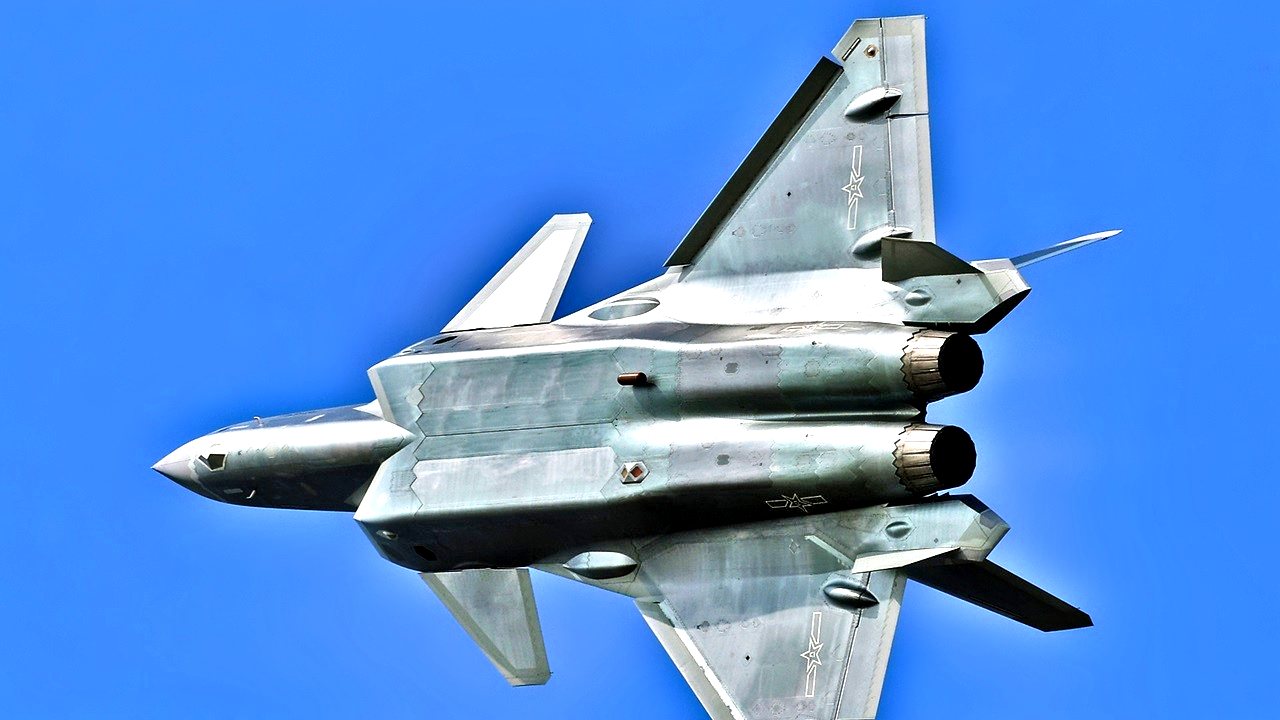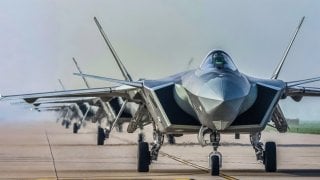China's J-20 Fighter: A Nightmare for the U.S. Air Force?
The Chengdu J-20, China's first fifth-generation stealth fighter, dubbed the "Mighty Dragon," marks a significant advancement in the People’s Liberation Army Air Force's (PLAAF) capabilities, positioning China as a formidable competitor in modern air warfare
Summary: The Chengdu J-20, China's first fifth-generation stealth fighter, dubbed the "Mighty Dragon," marks a significant advancement in the People’s Liberation Army Air Force's (PLAAF) capabilities, positioning China as a formidable competitor in modern air warfare. Officially entering service in 2017, the J-20 has generated both intrigue and skepticism due to the secrecy surrounding its development and capabilities. While it reportedly surpasses the F-35 Lightning II in speed, it faces challenges such as a larger radar cross-section and issues with its WS-15 engine, indicating potential vulnerabilities.
China's J-20 Stealth Fighter: A New Era of Air Superiority Challenges U.S. Dominance
When China introduced its Chengdu J-20 fighter into service, it became the second country to release a fifth-generation stealth aircraft.
The U.S. retained air superiority with its F-22 Raptor for many years, but both China and Russia fly platforms with similar capabilities today. Information about the Chinese People’s Liberation Army Air Force’s (PLAAF’s) J-20 “Mighty Dragon” is shrouded in secrecy. The little intelligence that has been confirmed surrounding the Chinese fighter program suggests the J-20 can indeed threaten America’s fleet of jets. However, Beijing does have a history of exaggerating the true capabilities of its weapons systems. Unless and until China deploys its J-20 fleet in combat, we will not be certain of the Mighty Dragon’s specs and capabilities.
An Overview of the J-20 Platform
The Mighty Dragon derived from Beijing’s J-XX program in the 1990s and was officially endorsed by the PLAAF a decade later. The fifth-generation fighter formally entered service in 2017, and it began to arrive in considerable numbers in 2019.
Prior to the J-20, China largely relied on Russian designs and components. The Shenyang J-11 and J-16 are largely based on the Soviet-era Su-27 fighter, which China procured from the USSR in the late 1980s. Other reports indicate that the Shenyang J-15 is similarly derived from another Russian platform, the Su-33, which Beijing reverse-engineered.
The J-20 is purportedly faster than the F-35 Lightning II. But its speed comes with limitations. For one, the Mighty Dragon has a larger radar cross-section than its U.S. counterpart, making it easier for enemy aircraft to detect. Additionally, there have been some significant development issues associated with the jet’s WS-15 engine. In fact, analysts believe the American-made engine that powers the F-35 fighter remains at least 10 years ahead of the WS-15. In 2015, one of these Chinese-made engines exploded, suggesting quality control issues affecting its single-crystal-turbine blades. Essentially, these blades have not been able to withstand the higher temperatures and maneuverability associated with the J-20.
In terms of avionics, the Mighty Dragon is quite formidable on paper. While exact specs remain highly classified, some analysts believe that the J-20s use the Type 1475 Active Electronically Scanned Array radar. However, the efficiency of this suite remains in question. The U.S. military is fairly confident that the Chinese fifth-generation fighter is capable of Beyond Visual Range engagements, allowing the aircraft to lock on and fire a missile toward an enemy aircraft without the need to dogfight.

Beijing has claimed that roughly one hundred J-20 airframes were produced in the last year, on top of the 40-50 airframes reportedly built in 2022. At this rate, the PLAAF indicates that its fleet could reach as many as 1,000 airframes by the early 2030s. This sheer number is concerning, considering the ramp-up in tensions between Washington and Beijing.
About the Author: Maya Carlin
Maya Carlin, National Security Writer with The National Interest, is an analyst with the Center for Security Policy and a former Anna Sobol Levy Fellow at IDC Herzliya in Israel. She has by-lines in many publications, including The National Interest, Jerusalem Post, and Times of Israel. You can follow her on Twitter: @MayaCarlin.
Image Credit: Creative Commons.


